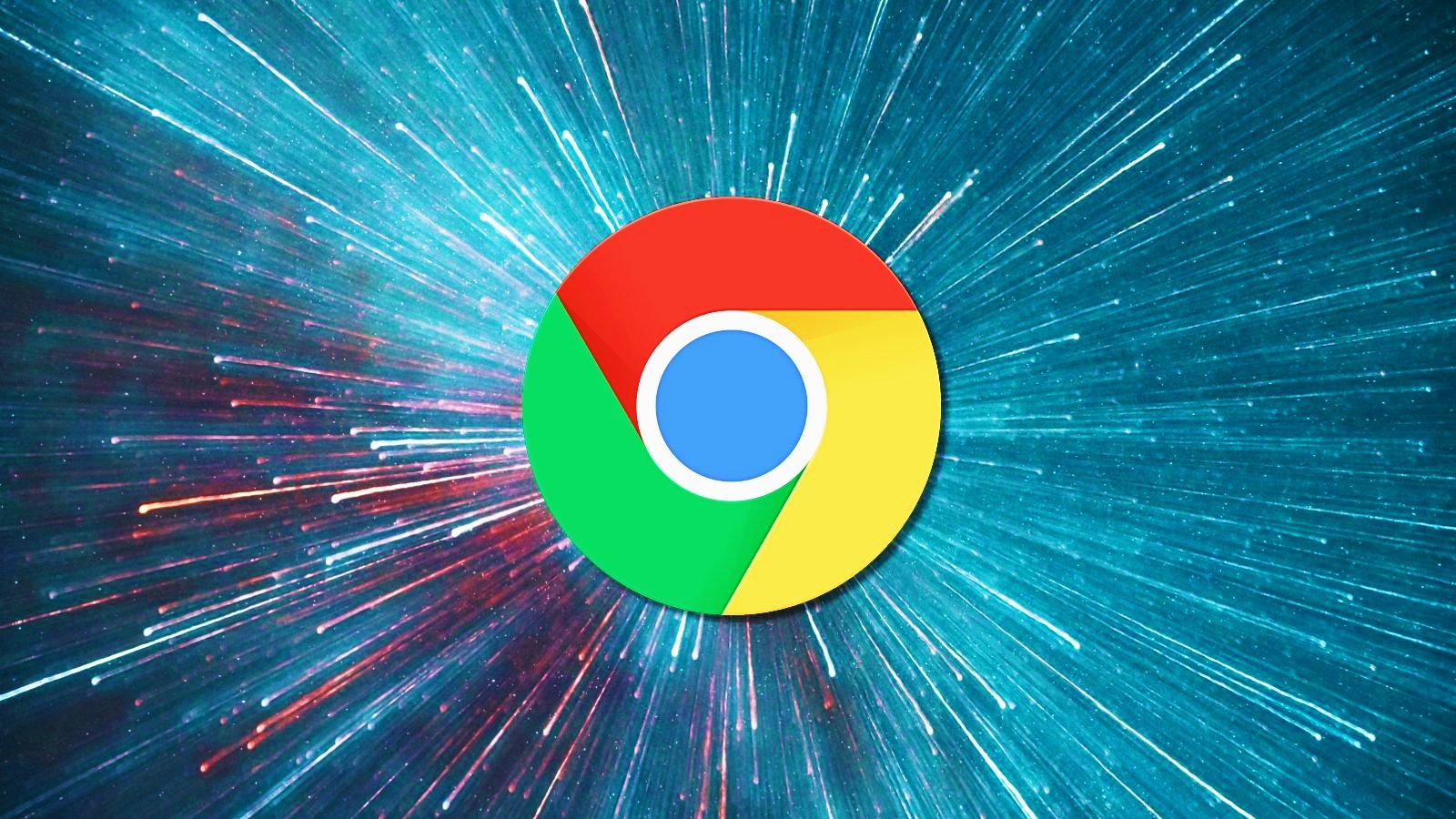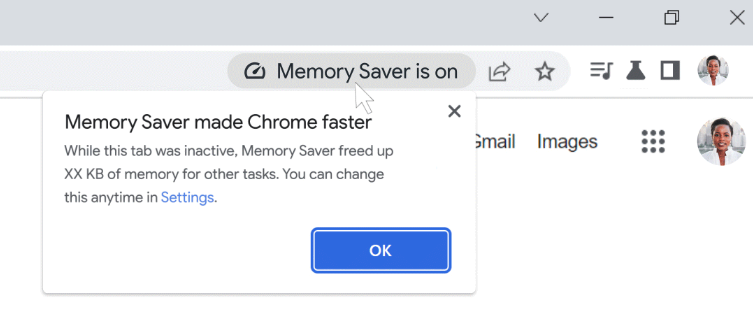
Google says the latest release of Chrome for desktop devices now comes with a new performance-boosting feature designed to free up memory and make web browsing smoother.
The new feature, dubbed Memory Saver, will release up to 30% of all memory by suspending inactive tabs, system memory which will be used by active tabs.
"Memory Saver mode frees up memory from tabs you aren’t currently using so the active websites you’re browsing have the smoothest possible experience," Chrome Group Product Manager Mark Chang explained today.
"This is especially useful if you’re running other intensive applications, like editing family videos or playing games."
Suspended inactive tabs will be automatically reloaded when the users need them. You will also be able to mark your most important websites so that Memory Saver will know not to suspend their tabs.

Google also announced a second performance-improving feature today, known as Energy Saver, capable of extending your laptop's battery life.
This mode will kick in once the battery goes down to 20% and it saves energy by limiting some visual effects and background activity across open tabs.
"When you’re browsing the Web with Chrome and your device battery level reaches 20%, Chrome will save battery by limiting background activity and visual effects for websites with animations and videos," Chang added.
While introduced with the latest Google Chrome desktop release, the Memory Saver and Energy Saver features will be rolling out worldwide over the next several weeks to Windows, macOS, and ChromeOS devices.
You can toggle off both modes from the Google Chrome Settings menu accessible via the three-dot menu in the top right corner.
In July, Google also announced that it started testing a new 'Quick Intensive Throttling' feature which would reduce CPU usage time by 10%, thus extending the battery life for laptops and mobile devices.
This is still in the developer trial phase and can be toggled on by enabling the #quick-intensive-throttling-after-loading Chrome flag via chrome://flags.


Comments
NoneRain - 1 year ago
Similar to what Edge already does.
serghei - 1 year ago
Yup, 'Sleeping Tabs' made by Google :)
tverweij - 1 year ago
Just checked - latest version 108, option not available yet.
xafase - 1 year ago
How about instead of ignoring the problem of bloated websites, we actually made unbloated ones?
Oast - 1 year ago
Ah yes because it's just that simple...
SoftwareEngineer248 - 1 year ago
I have a few questions.
1) Where are all of these "bloated" web sites? I use the web every day on my iPhone, PC and iPad. The major sites all run great.
2) How much are you willing to pay to improve performance? Will you stop going to a web site if it's bloated? One thing which reduces performance is advertising. Your browser runs a lot of advertising scripts. They would go away if people paid for things. How much are you willing to pay?
3) If you typically have over 10 taps open at once, are you willing to close them to improve performance? If not, why not?
4) Are you willing to switch sites? For example, if web site A is "bloated", are you willing to use web site B to perform the same task? What if web site B's UI is worse? What if it has fewer features?
5) Are you willing to upgrade or replace your phone, PC or tablet to get better performance? If not, why not?
6) What about your internet connection? What is its latency and bandwidth? Could you improve performance by upgrading it? (Typically, going over 100mps is not going to give you a big performance boost for web browsing).
7) How do you get software engineers (the people who do the work) to care about improving web site performance?
8) How do you get organizations (the people paying for the work) to care about improving web site performance?
My point demanding "unbloated" web sites is not going to work. You would be better off either upgrading equipment and your internet connection so the web is faster. Also, you would be better off changing your behavior by switching to faster sites or having fewer tabs open.
My other point is I do not see the problem you see. For me, the web is fast and works well. I am happy with it.
U_Swimf - 1 year ago
Yes it could've been that simple.
I'm going to start buying resource constricted hardware. Can't use what doesn't exist...Entirely...yet...or maybe you can idk